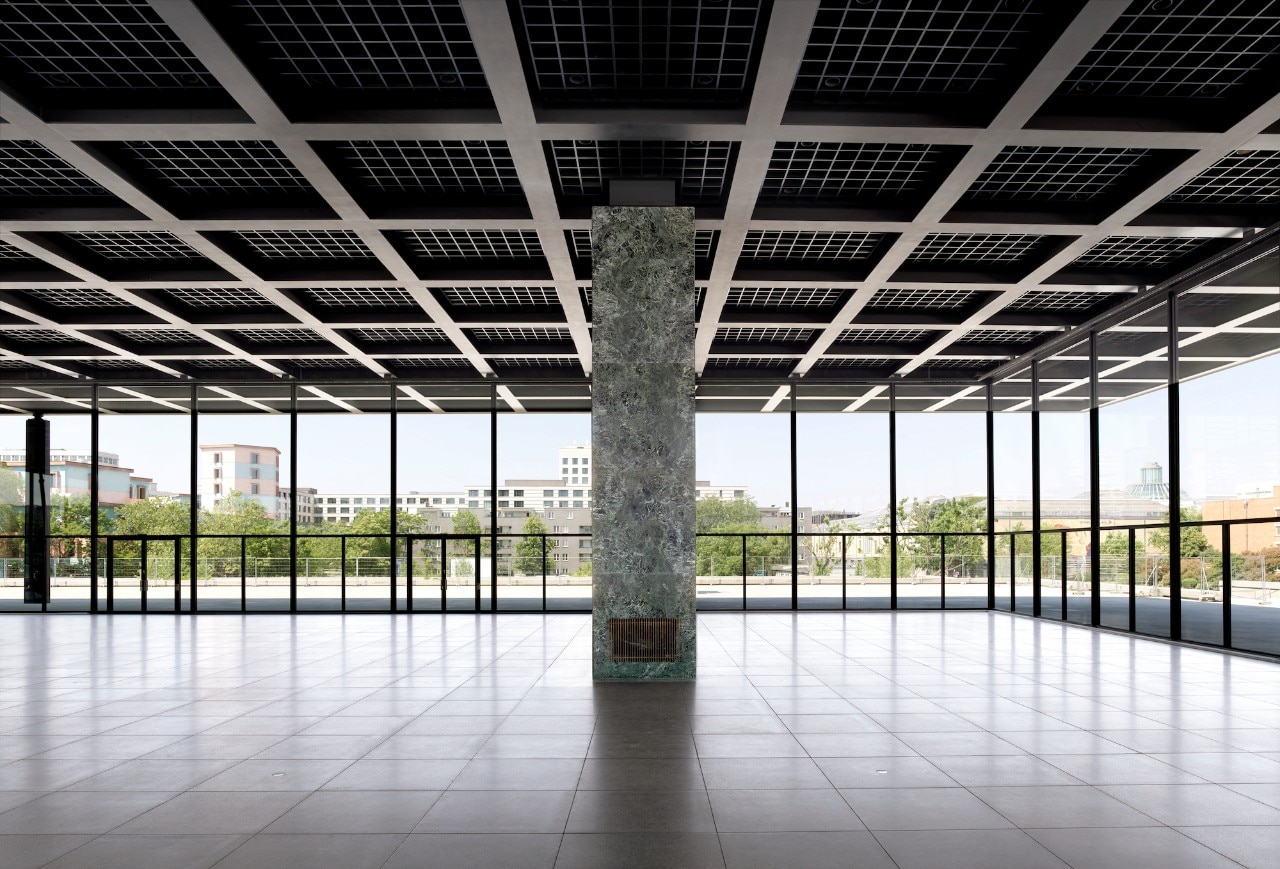The July-August issue of Domus focuses on erased histories, suppressed memories and the role of architecture in the construction of new identities. Toshiko Mori, in her Editorial, writes about the variety and plurality of memories as the basis of civilization. “Memory is a cultural material and is subject to the understandings and perceptions of an era. Our contemporary moment is struggling with an upside-down state of redefinition. We build up and destroy our perceptions of history as we continue to construct them from our mercurial memories.”
Beginning in the Archive section, Ken Tadashi Oshima traces the troubled history of Frank Lloyd Wright’s Imperial Hotel 100 years after its opening, of which memories, images, and the continuities of its material form remain. Next, Mori dialogues with architect Tsuyoshi Tane. His research “Archaeology of the Future” is based on a close confrontation with the existing, geared toward projecting architecture into the future: his interventions aspire to become embodiments of the memory of the site.
Continuing with the Essays, David Imber and Mika Yoshida recount the experience of the Design Museum Japan, unveiled in 2022 to give substance to the cultural awareness of ancestral knowledge through a selection of everyday objects entrusted to a group of creatives. Spanish-American artist and preservationist Jorge Otero-Pailos, on the other hand, writes about sculptures made using the remains of the fence that surrounded the U.S. Embassy in Oslo, now public expressions of dissent. Manuel Herz recounts the experience of confronting the same synagogue typology through three different projects: the contexts and memory associated with them were decisive concerning the outcomes. Andrew Holder writes about the Asambasilika in Osterhofen, Bavaria, which can be read as a manifesto of free composition: of presence, memory, and visions of what could be.

For Design, Katie Stout illustrates her creative process focused on the space between memory and reality: furniture and domestic objects take shape by combining waste and heterogeneous materials.
In the Architecture section, Mori interviews Canadian architect Todd Saunders, who lives and works in Norway, who talks about his idea of memory through three projects deeply rooted in the landscape and culture of places. Tiantian Xu heads the firm DNA_Design and Architecture and talks about a project to revitalize an old rural typology that promises to activate new economies. We move on to the design of a floating building, through which Jon Lott worked on the trauma of abandoned structures and continued exploring “urban outsiders,” installations that exploit the balloon frame. Farrokh Derakhshani recounts the work of Atelier Salima Naji, focused on a multidisciplinary approach that enhances heritage and local communities, offering an alternative model of development in rural areas. To finish, Vittorio Magnago Lampugnani analyzes the bold and ambitious program of Lesley Lokko, who brings to the 18th. Venice International Architecture Exhibition the hot topic of the moment, but lacking in purposeful approaches. A lack that makes one wonder about the meaning and usefulness of the Biennale and the role of architecture.
Next in the Art pages, Toshiko Mori interviews U.S. artist Kehinde Wiley, whose works relocate memory in the present time and cast new light on the idea of the past. “From behind this door, Wiley paints a bold future, positioning black and brown people to leap beyond prejudice, neglect and dismissal, using memory as a powerful tool that recalibrates old structures to build new futures.”
This month’s Diario, with the usual pages devoted to current events, is opened by the Italian Journey section, where Editorial Director Walter Mariotti recounts another leg of the yearlong journey along the peninsula. This time we stop on the Via Emilia, a metaphor for Italy in the postwar years, now holding together the imagery of some 20 cities, which could very well be a regional megacity. Alessandro Scarano narrates the new installment of Bottega Veneta’s “The Square,” held in Lina Bo Bardi’s iconic Casa de Vidro. Alessandro Benetti describes the Milan residence designed by Tommaso Fantoni with his TomoArchitects studio as characterized by choice of materials-walnut and oak woods, steel, and leather and the fluid spaces. For the Points of View section, Giulia Ricci discusses the word ‘gentrification’ with Sharon Zukin and Lucia Tozzi. It has become increasingly popular in recent decades, eventually encompassing a range of phenomena in cities worldwide. What are they, and what urban impact do they have?

Technology and design for innovative washrooms
Fumagalli, a leader in the washroom industry, offers innovative and customizable solutions, combining design, efficiency and sustainability for contemporary and functional environments.



























